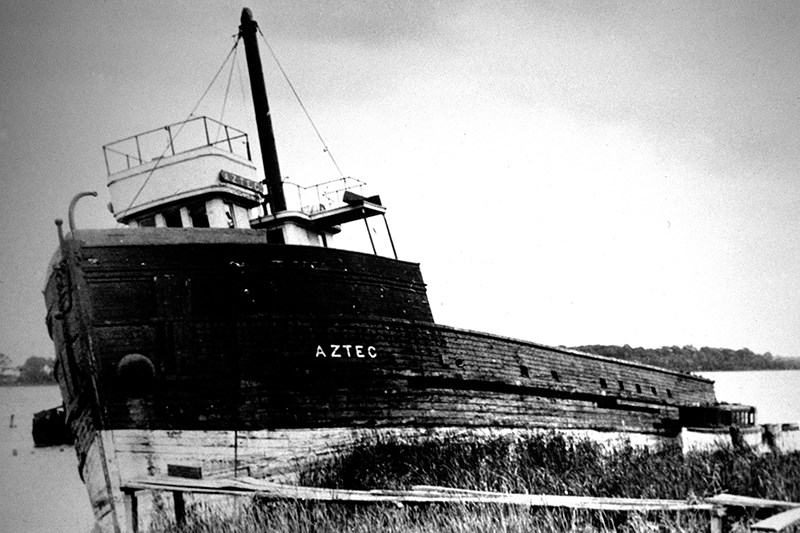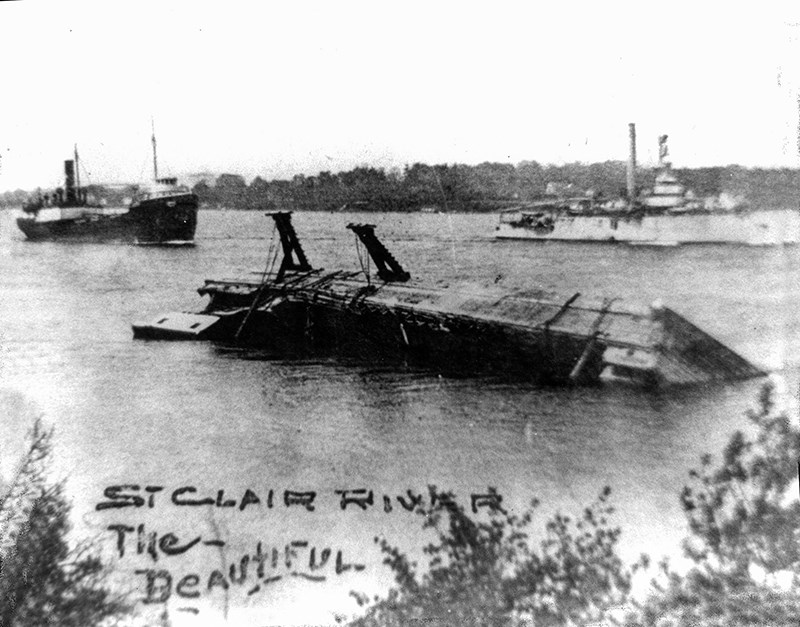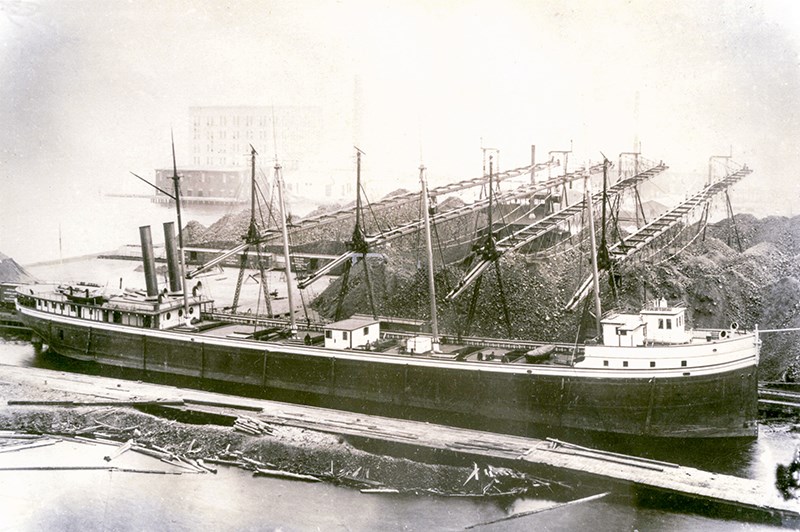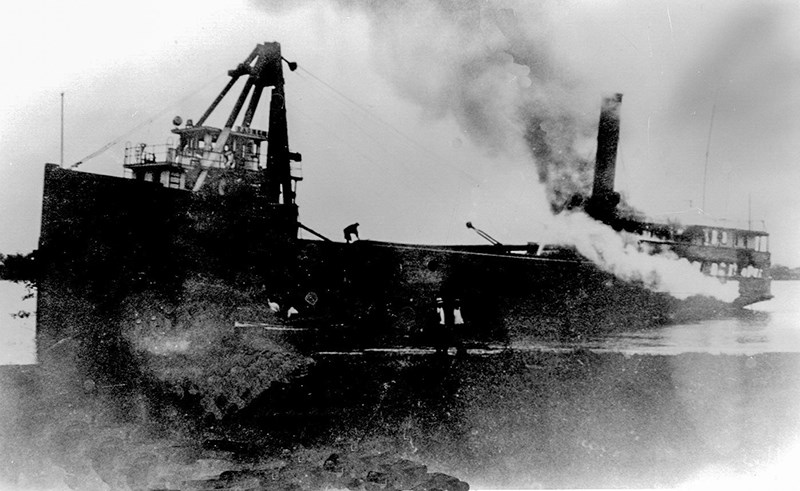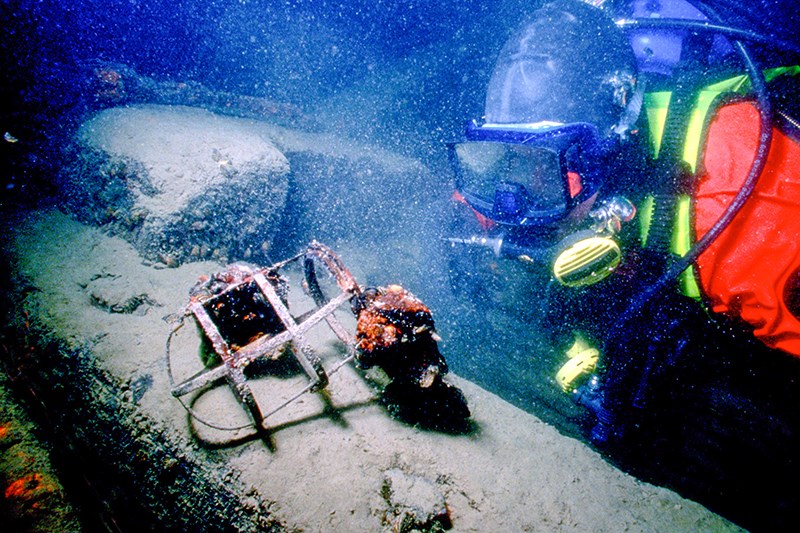Troy Shantz
Hidden on the bottom of Lake Huron just north of Sarnia lies a “Ghost Fleet” of shipwrecks being featured in a Canada sesquicentennial project.
The book, ‘Canada’s 150 Most Famous Great Lakes Shipwrecks,’ was written and photographed by Windsor-based scuba divers Cris Kohl and Joan Forsberg.
“The goal (is) to educate people, to let them know that quite frankly a lot of places like Toronto, Thunder Bay and Sarnia wouldn’t exist if it hadn’t been for ships,” said Kohl.
“That’s how they got their start.”
The ‘Ghost Fleet’ is comprised of four ships that went down in the St. Clair River in the early 1900s but wound up at rest in the lake about 12 kilometres northwest of Sarnia.
The shipwrecks all lie within three kilometres of each other in about 70 feet of water.
Sarnia council agreed to sponsor a page in the 224-page book, which is set for release in mid-April and will be available at The Bookkeeper for $19.95.
Kohl said he discovered the ‘Ghost Fleet’ in 1993 while searching for the Wexford, a ship that disappeared during the Great Storm of 1913.
Though he didn’t find the Wexford he was able to locate and identify the Aztec, the Sachem, the Province, and the Yakima.
Kohl’s colleague Jim Stayer coined the nickname ‘The Ghost Fleet of the St. Clair River.’
All four ships sank in the river and were scuttled in Sarnia Bay, which was then the place ships went to die, he said.
As wrecks began to accumulate in the bay a decision was made to move some of them to open water.
“In those environmentally worry-free days they didn’t care as long as they got them out of sight. Out of sight, out of mind,” he said.
The book, Kohl’s 17th, is a way to recognize Canada’s 150th birthday while paying tribute to the ships and their fearless sailors, he said.
“Because of the cold, fresh water of the Great Lakes we have something very unique. We have the best preserved shipwrecks in the world,” said Kohl, who has been scuba diving since 1974.
“In the Great Lakes, you can dive on a shipwreck that went down 150 years ago and it looks like, if it could be raised to the surface, it would float again.”
Kohl and Forsberg are coming to Sarnia on June 19 to share two free presentations: "All About 1867: Canada's Great Lakes Ships and Shipwrecks," and "The Great Storm of 1913."
The presentations are at the Sarnia Public Library and scheduled to begin at 6:30 p.m.
